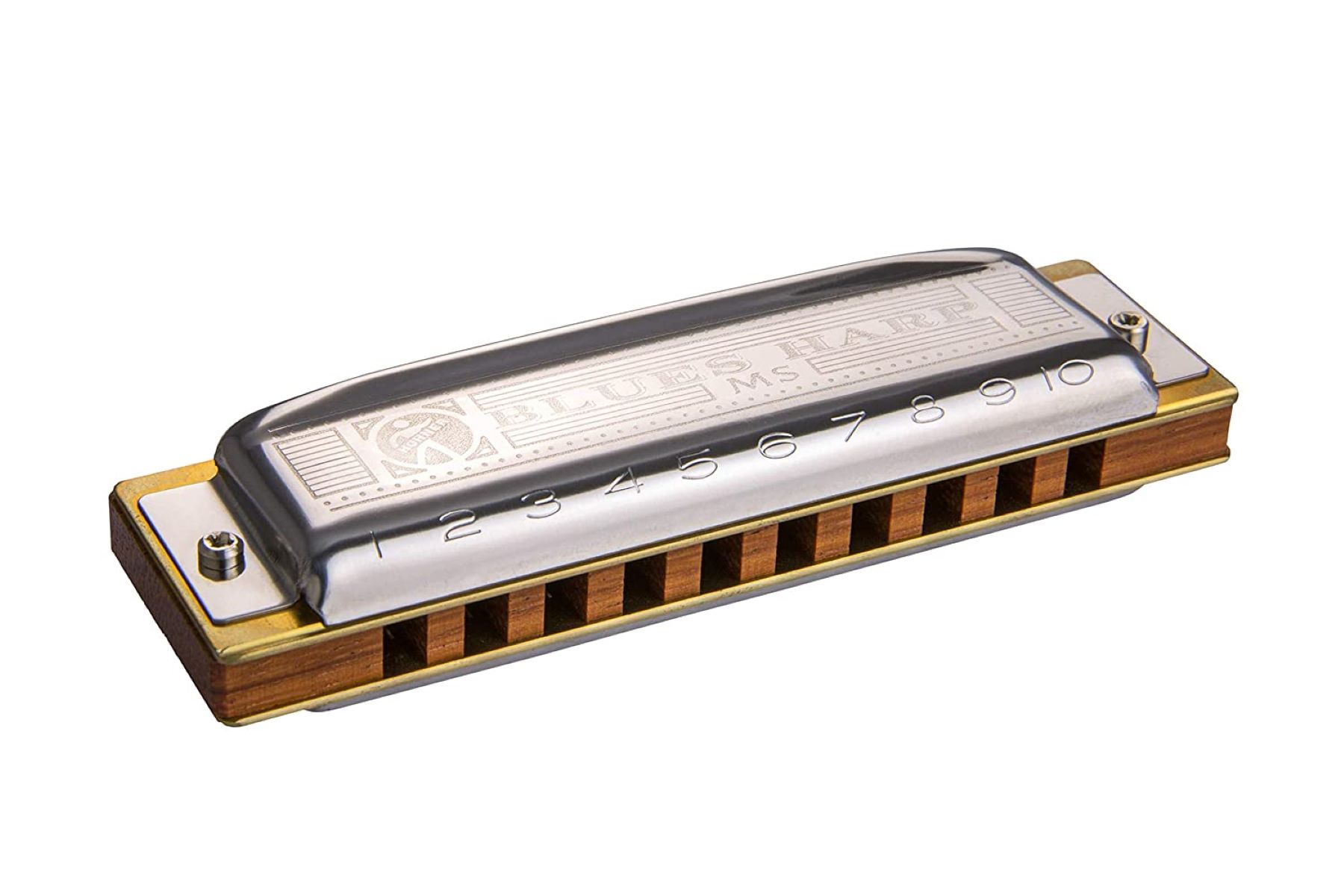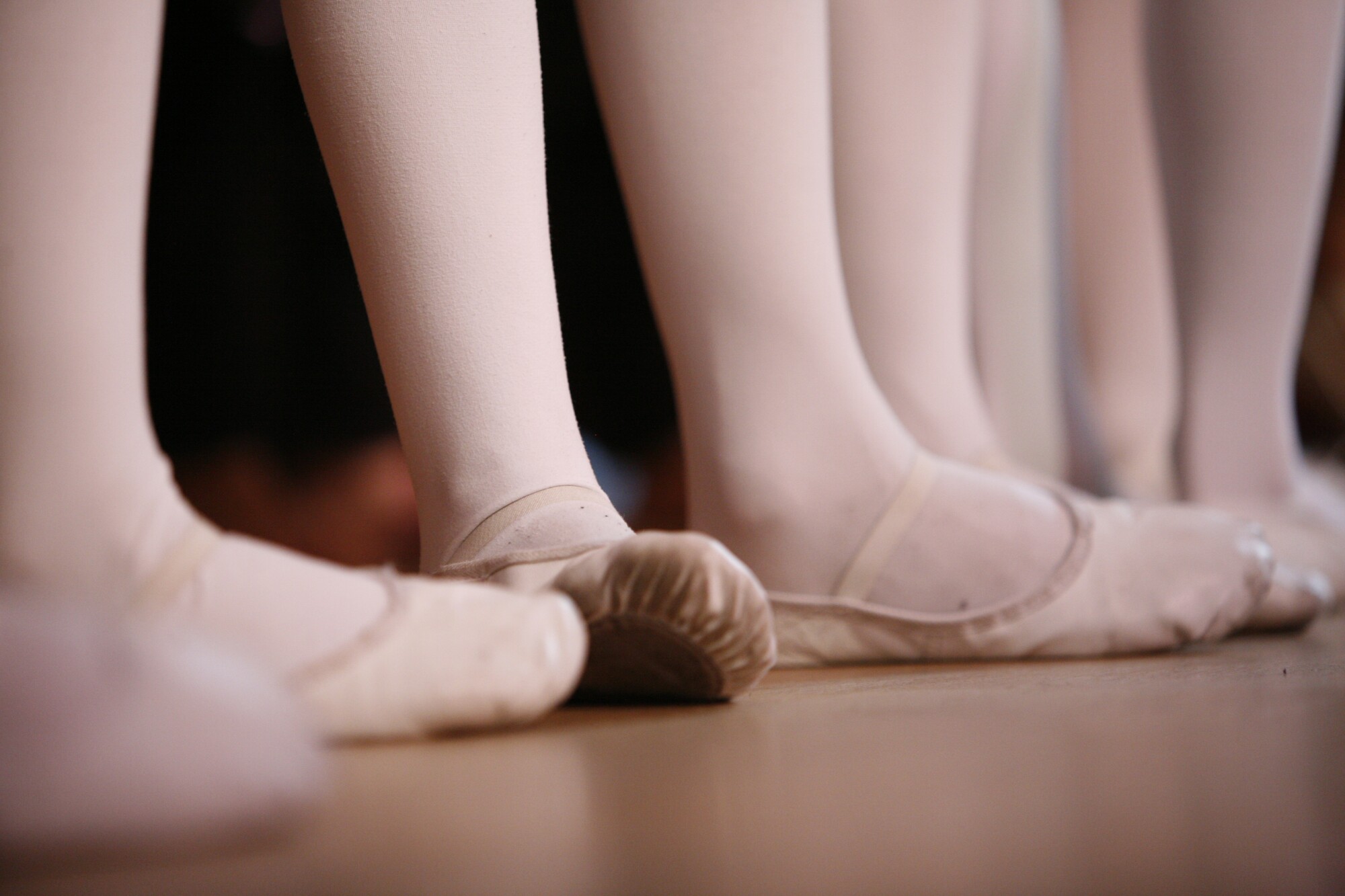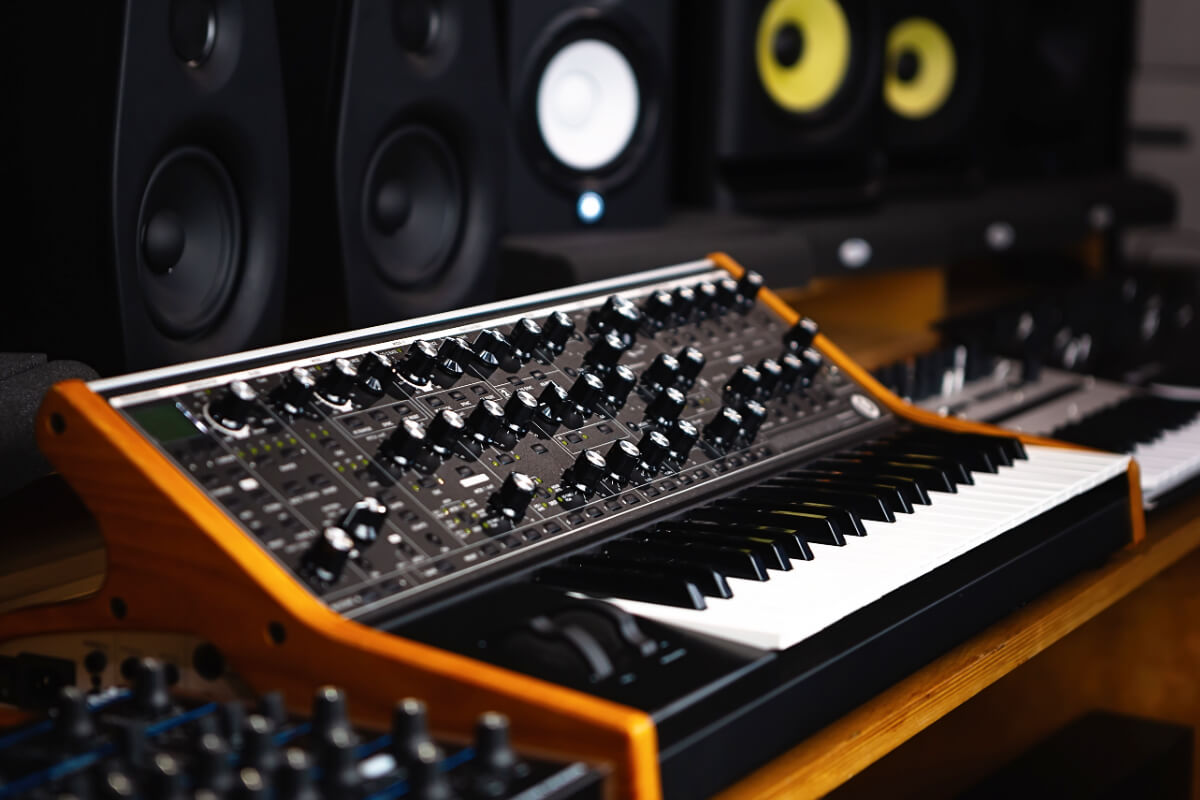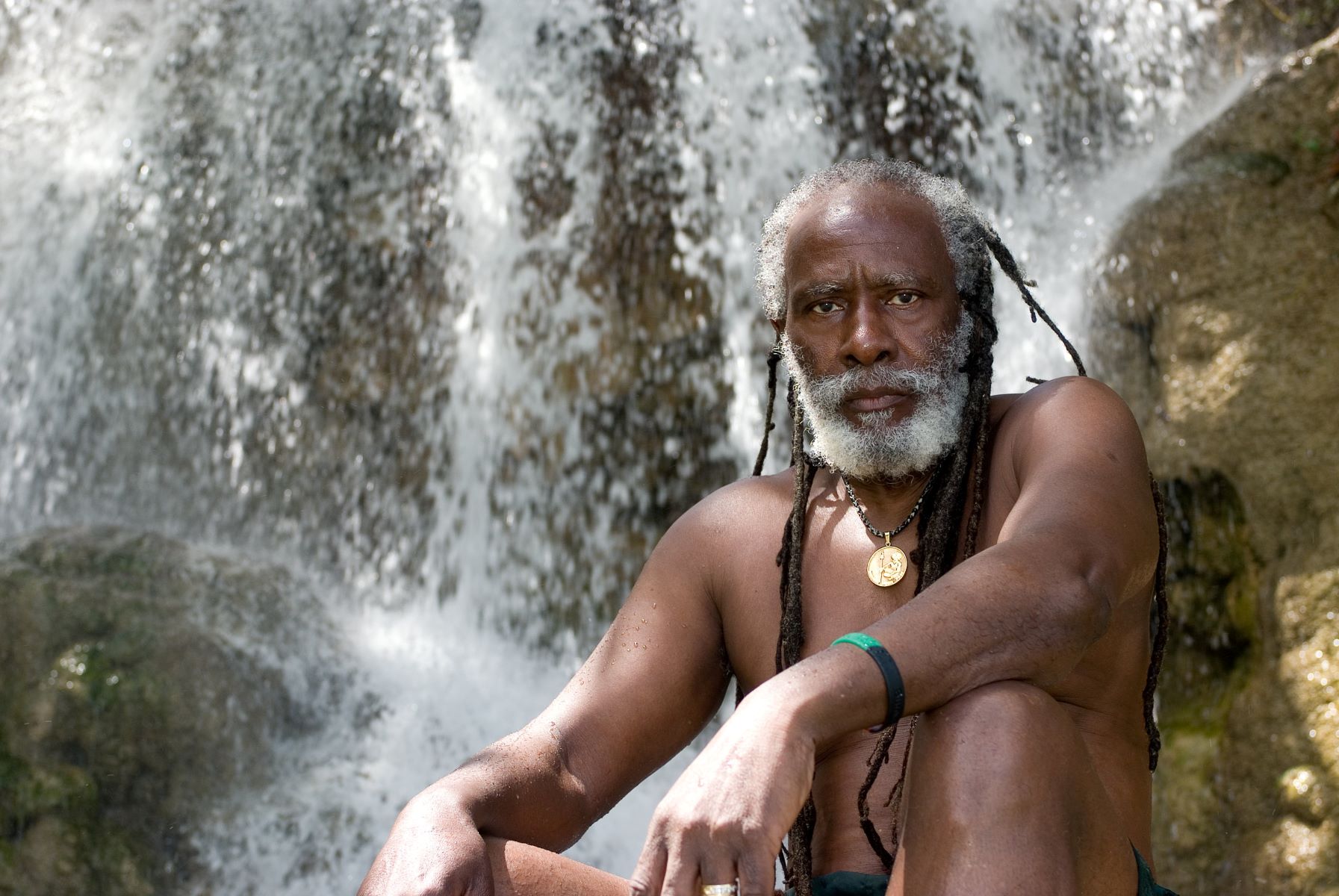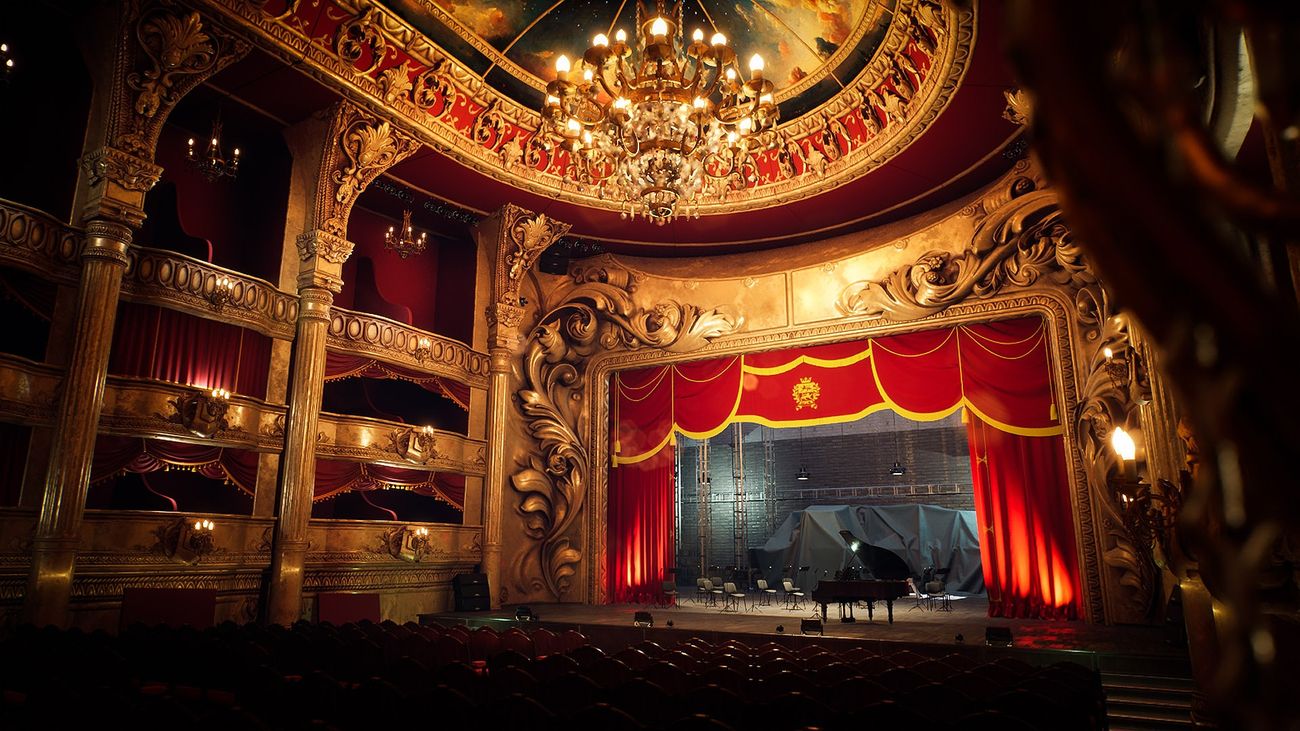Home>Events & Info>Opera>What Type Of Opera Is Opera Seria


Opera
What Type Of Opera Is Opera Seria
Modified: January 22, 2024
Discover the characteristics and origins of Opera Seria, a genre of opera known for its serious tone and dramatic storytelling. Learn more about this classical form of opera today!
(Many of the links in this article redirect to a specific reviewed product. Your purchase of these products through affiliate links helps to generate commission for AudioLover.com, at no extra cost. Learn more)
Table of Contents
Introduction
Opera Seria, which translates to “serious opera” in Italian, is a genre of opera that emerged in the 17th century and reached its peak during the 18th century. It is characterized by its serious and dramatic themes, focusing on noble or mythological subjects. Opera Seria played a crucial role in the development of opera as an art form, setting the stage for the operatic masterpieces we celebrate today.
In Opera Seria, the music takes center stage, showcasing virtuosic singing and elaborate vocal ornamentation. The librettos, typically written in Italian, are carefully crafted with poetic and dramatic elements, involving complex and emotional plots. The combination of expressive music and compelling storytelling creates a powerful theatrical experience.
Opera Seria evolved during the Baroque period, influenced by the works of early opera composers such as Monteverdi and Cavalli. It gained immense popularity in the courts and theaters of Europe, particularly in Italy, Germany, and Austria. The genre experienced significant developments and innovations with composers like Handel, Vivaldi, and Gluck, who pushed the boundaries of musical expression within the constraints of the form.
Throughout its history, Opera Seria has served as a platform for showcasing the vocal artistry of prima donnas and castrati, highlighting their ability to convey deep emotions through their singing. The arias, duets, and ensemble pieces in Opera Seria are meticulously crafted to allow these virtuoso performers to demonstrate their vocal range, agility, and expressiveness, captivating audiences and leaving a lasting impact.
Opera Seria’s influence can be seen in later operatic genres, such as Bel Canto and Romantic-era opera. Despite a decline in popularity in the 19th century, it continues to be appreciated and celebrated by opera enthusiasts and scholars today, with productions and revivals taking place in renowned opera houses around the world.
In the following sections, we will delve deeper into the definition, characteristics, historical development, major composers and works, performance and production, reception and influence, as well as the comparison between Opera Seria and its comedic counterpart, Opera Buffa.
Definition of Opera Seria
Opera Seria, also known as “serious opera,” is a genre of opera characterized by its serious and dramatic themes. It emerged in the 17th century and gained popularity during the 18th century, particularly in Italy. The term “seria” refers to the overall tone and subject matter, which typically revolve around noble or mythological subjects. This genre differs from its comedic counterpart, Opera Buffa, which focuses on humorous and lighthearted themes.
One of the defining features of Opera Seria is its emphasis on the music and vocal performances. The music is composed with intricate melodies, elaborate vocal ornamentation, and expressive harmonies, providing a dynamic and emotive backdrop for the dramatic storytelling. The vocal parts, particularly the arias, are written to showcase the virtuosic abilities of the singers, allowing them to display their technical prowess, agility, and emotional depth.
The librettos for Opera Seria are typically written in Italian and are carefully crafted with poetic and dramatic elements. The plots often involve complex relationships, tragic love stories, mythological heroes, and historical events. The dialogue and arias in the librettos are structured to elicit strong emotions from the audience, ranging from love and passion to grief and despair.
Opera Seria was an important form of entertainment during the Baroque period, as it provided a means of cultural expression for the nobility and aristocracy. It was primarily performed in grand opera houses and royal courts, often with lavish sets, costumes, and elaborate stage machinery. The productions of Opera Seria were considered grand spectacles, showcasing the wealth and power of the ruling class.
Over time, Opera Seria underwent several transformations and adaptations. Composers experimented with different musical styles, introduced new forms and structures, and incorporated elements of other genres, such as dance and instrumental interludes. This constant evolution helped shape the future of opera as an art form.
In the next section, we will explore the characteristic features that define Opera Seria and distinguish it from other operatic genres.
Characteristics of Opera Seria
Opera Seria possesses several key characteristics that distinguish it from other operatic genres. These characteristics contribute to the unique experience and impact it has on the audience.
1. Serious and Dramatic Themes: Opera Seria focuses on serious and often tragic themes. The librettos delve into topics such as love, honor, betrayal, and heroic deeds. Mythological and historical subjects are common, providing a sense of grandeur and cultural significance.
2. Emphasis on Vocal Virtuosity: Opera Seria is renowned for its demanding vocal performances. The arias, duets, and ensemble pieces are crafted to showcase the technical abilities and expressive range of the singers. Ornamentation, vocal agility, and emotional depth are emphasized, allowing the performers to captivate the audience with their virtuosic skills.
3. Elaborate Melodies and Harmonies: The music in Opera Seria is intricately composed, featuring elaborate melodies and harmonies. The music supports and enhances the emotional content of the libretto, creating a powerful and immersive experience for the audience. The use of contrasting textures and dynamics adds depth and intensity to the overall musical composition.
4. Structured Form and Recitative-Aria Structure: Opera Seria follows a structured form, typically consisting of recitatives, arias, and ensemble pieces. The recitatives move the plot forward through spoken or semi-sung dialogue, while the arias provide moments of emotional introspection for the characters. This recitative-aria structure allows for a balance between dramatic storytelling and musical expression.
5. Noble and Mythological Characters: Opera Seria often portrays noble and mythological characters, adding a sense of nobility and grandeur to the narrative. These characters embody powerful emotions and engage in conflicts that resonate with the audience. The portrayal of these archetypal figures contributes to the allure and fascination of Opera Seria.
6. Constrained Dramatic Action: Due to the focus on vocal virtuosity and elaborate music, Opera Seria often limits the physical dramatic action on stage. Instead, the emotional intensity and storytelling primarily rely on the power of the music and the abilities of the singers to convey the desired emotions and dramatic moments.
7. Spectacular Productions: Opera Seria was historically performed in grand opera houses and royal courts, with lavish sets, costumes, and stage machinery. These productions were intended to awe and impress the audience, emphasizing the grandeur and status of the ruling class.
By incorporating these characteristic elements, Opera Seria creates a captivating and immersive experience, immersing the audience in a world of powerful emotions, noble characters, and breathtaking vocal prowess.
Historical Development of Opera Seria
The historical development of Opera Seria traces back to the early days of opera in the 17th century. It evolved and flourished during the Baroque period, leaving a significant impact on the opera repertoire we know today.
The roots of Opera Seria can be traced back to the works of Claudio Monteverdi and Francesco Cavalli, who were pioneers in the development of opera as an art form. They experimented with combining music, drama, and poetry, laying the foundation for the future evolution of the genre.
However, it was Alessandro Scarlatti who made significant contributions to the development of Opera Seria in the late 17th century. His operas, such as “Il Pompeo” and “Mitridate Eupatore,” were characterized by their elevated style, virtuosic vocal writing, and intricate dramatic storytelling.
In the 18th century, the popularity of Opera Seria soared, particularly in Italy. Composers such as Nicola Porpora and Leonardo Vinci further refined the genre, introducing dramatic innovations and pushing the boundaries of vocal expression.
One of the most influential figures in the history of Opera Seria was George Frideric Handel. He composed numerous operas in the genre, including “Rinaldo,” “Giulio Cesare,” and “Alcina.” Handel’s operas featured elaborate vocal ornamentation, expressive melodies, and compelling dramatic narratives. His works became a benchmark for the genre and a source of inspiration for future composers.
With the rise of the castrati, a unique vocal tradition emerged in Opera Seria. Castrati were male singers who were castrated before puberty to preserve their high-pitched voices. These singers possessed extraordinary vocal range and agility, allowing for breathtaking and emotionally charged performances. The popularity of the castrati in Opera Seria reached its peak in the 18th century, with singers such as Farinelli and Senesino becoming legendary figures on the operatic stage.
As the 18th century progressed, Opera Seria started to face criticism for its adherence to rules and conventions, which some considered overly restrictive. Composers like Christoph Gluck sought to reform the genre by introducing more naturalistic and emotionally driven elements. Gluck’s operas, such as “Orfeo ed Euridice” and “Alceste,” marked a transition towards the Classical era and influenced the future development of opera.
By the late 18th century, the popularity of Opera Seria began to decline, as new operatic forms, such as Opera Buffa, gained prominence. However, the impact of Opera Seria on the evolution of opera as an art form cannot be overstated. It laid the groundwork for the development of later operatic genres and became a source of inspiration for composers in the centuries to come.
Today, Opera Seria continues to be performed and appreciated, with revivals and productions keeping its legacy alive. The genre’s historical development stands as a testament to its enduring influence and importance in the world of opera.
Major Composers and Works of Opera Seria
Opera Seria, with its rich history and cultural significance, has been shaped by the contributions of numerous composers. These composers have left behind a legacy of remarkable works that continue to be celebrated and performed today.
1. Alessandro Scarlatti: Known as one of the pioneers of Opera Seria, Scarlatti’s operas, such as “Il Pompeo” and “Mitridate Eupatore,” helped establish the foundations of the genre. His works showcased the virtuosic vocal writing and intricate storytelling that became characteristic of Opera Seria.
2. George Frideric Handel: Handel is renowned for his immense contributions to Opera Seria. His operas, including “Rinaldo,” “Giulio Cesare,” and “Alcina,” exemplify the grandeur and emotional depth of the genre. Handel’s compositional artistry and masterful handling of vocal ornamentation have made his works synonymous with the glory of Opera Seria.
3. Nicola Porpora: Porpora was a highly respected composer of Opera Seria, known for his expressive melodies and intricate vocal writing. His most notable works include “Polifemo” and “Semiramide Riconosciuta,” which exhibit his mastery in crafting emotionally charged arias and captivating dramatic narratives.
4. Leonardo Vinci: Vinci’s operas played a significant role in the development of Opera Seria. His works, like “Artaserse” and “Semiramide,” showcased inventive melodies and virtuosic vocal passages, capturing the essence of the genre and pushing the boundaries of vocal expression.
5. Christoph Gluck: While Gluck is often associated with the reform of opera, his contributions to Opera Seria cannot be overlooked. His works, such as “Orfeo ed Euridice” and “Alceste,” brought a new sense of emotional depth and naturalism to the genre. Gluck’s operas marked a transition towards the Classical era and influenced the future direction of opera.
6. Johann Adolph Hasse: Hasse was a prolific composer of Opera Seria, creating numerous successful works during the 18th century. His operas, including “Cleofide” and “Artaserse,” were celebrated for their lyrical beauty, dramatic intensity, and vocal virtuosity.
7. Antonio Vivaldi: Vivaldi, primarily known for his instrumental compositions, also made noteworthy contributions to Opera Seria. His operas, such as “Orlando Furioso” and “La Griselda,” feature vibrant orchestrations, intricate vocal writing, and captivating storytelling.
These composers and their works not only defined the genre of Opera Seria but also contributed to the broader development of opera as an art form. Their musical innovations, expressive melodies, and complex characters continue to captivate audiences and serve as a testament to the enduring legacy of Opera Seria.
Performance and Production of Opera Seria
Opera Seria, with its grandeur and dramatic intensity, has always demanded meticulous attention to detail in its performance and production. From the extravagant sets and costumes to the virtuosic vocal performances, every aspect of the production contributes to creating a captivating and immersive experience for the audience.
Opera Seria was traditionally staged in grand opera houses and royal courts, where no expense was spared in creating visually stunning and awe-inspiring productions. Elaborate sets, often depicting mythological or historical settings, were meticulously designed to transport the audience into the world of the opera. These sets combined with sophisticated stage machinery and lighting effects to enhance the dramatic impact of the performances.
Costumes played a crucial role in Opera Seria productions, reflecting the wealth and status of the characters portrayed. Lavishly designed and intricately detailed, the costumes helped bring the characters to life and added to the overall visual spectacle of the performance. The use of elaborate masks and wigs further accentuated the grandeur of the production.
The vocal performances in Opera Seria were of paramount importance. Prima donnas and castrati took center stage, showcasing their exceptional vocal range and technical abilities. These singers were revered for their virtuosity and ability to convey deep emotions through their singing. The arias, often accompanied by orchestral accompaniment, allowed the singers to display their vocal agility and artistry, leaving the audience in awe.
The complex and emotionally driven plots of Opera Seria required skillful acting to complement the vocal performances. Performers had to convey a range of emotions and character nuances, often through stylized gestures and facial expressions. The combination of expressive singing and dramatic acting brought the characters to life, immersing the audience in the emotional world of the opera.
Today, the performance and production of Opera Seria have evolved while still upholding its artistic integrity. Modern productions strive to strike a balance between historical authenticity and contemporary interpretations. Directors and designers often incorporate innovative staging concepts and visual elements, bringing a fresh perspective to the timeless stories of Opera Seria.
Additionally, advancements in technology have allowed for more immersive and innovative productions. Projection mapping, enhanced lighting techniques, and multimedia elements are used to create visually stunning and dynamic stage designs. These modern production techniques enhance the audience’s experience, pushing the boundaries of what is possible in bringing Opera Seria to life.
Whether performed in traditional opera houses or in more experimental venues, Opera Seria continues to captivate audiences worldwide. The combination of powerful vocals, compelling storytelling, and visually striking productions ensures that Opera Seria remains an enduring and integral part of the operatic repertoire.
Reception and Influence of Opera Seria
Opera Seria has had a profound impact on the world of opera and has been widely received and celebrated throughout history. It revolutionized the way that audiences experienced music, drama, and storytelling, leaving a lasting influence on the genre.
During its peak popularity in the 18th century, Opera Seria garnered immense praise from both the nobility and the general public. The lavish productions, virtuosic vocal performances, and emotionally charged narratives captivated audiences across Europe. The popularity of the genre was a testament to its ability to transport spectators to another world, evoking a range of powerful emotions.
Opera Seria also played a significant role in the rise of the castrati. These male singers, who underwent castration to preserve their soprano or alto vocal range, became iconic figures in the opera world. Their unique vocal abilities and dramatic portrayals in Opera Seria earned them dedicated fan bases and elevated the status of the genre.
However, Opera Seria was not without its critics. As the genre became more entrenched in strict conventions, some intellectuals and composers of the time saw it as overly formulaic and restrictive. The rigid structure and focus on virtuosic singing at times overshadowed the emotional depth and innovation that some believed opera should embody.
Despite the criticism, Opera Seria laid the foundation for the development of other operatic genres. It paved the way for the emergence of Bel Canto, which further explored the expressive possibilities of the human voice. Composers like Bellini, Donizetti, and Rossini built upon the vocal traditions and technical prowess established in Opera Seria.
Opera Seria also influenced the development of Romantic-era opera. Composers such as Verdi and Wagner, while moving away from the strict conventions of the genre, drew inspiration from Opera Seria’s emphasis on emotional depth and dramatic storytelling.
Today, Opera Seria continues to be appreciated and performed, although with less frequency than in its heyday. Productions and revivals of historically significant works, as well as reinterpretations by contemporary directors and composers, keep the genre alive. Scholars and opera enthusiasts continue to study and explore the intricacies and nuances of Opera Seria, ensuring that its legacy endures.
The influence of Opera Seria extends beyond the realm of opera itself. Its impact can be seen in other art forms, such as literature and theater, where the themes, storytelling techniques, and dramatic conventions of Opera Seria have left an indelible mark. It remains a testament to the enduring power of music, drama, and human emotion.
Opera Seria vs. Opera Buffa
In the world of opera, two distinct genres emerged during the 18th century: Opera Seria and Opera Buffa. While both genres share common roots in the art form, they differ significantly in terms of themes, style, and overall tone.
Opera Seria: Opera Seria, which translates to “serious opera,” is characterized by its serious and dramatic themes. It focuses on noble or mythological subjects, delving into topics such as love, honor, and tragedy. The music in Opera Seria is often complex and elaborate, showcasing virtuosic vocal performances. The librettos are crafted with poetic and dramatic elements, emphasizing emotional depth and intricate storytelling.
Opera Seria places a strong emphasis on vocal virtuosity. The arias, duets, and ensemble pieces are meticulously composed to highlight the technical abilities of the singers, allowing them to showcase their vocal range, agility, and emotional expression. The production of Opera Seria was often staged in grand opera houses and royal courts, featuring lavish sets, costumes, and stage effects.
Opera Buffa: Opera Buffa, on the other hand, is characterized by its lighthearted and comic themes. It often portrays relatable characters from everyday life, engaging in humorous situations and misunderstandings. The music in Opera Buffa tends to be more melodic and accessible, with catchy tunes and witty lyrics. The librettos are filled with comedic elements, including wordplay, slapstick humor, and satirical social commentary.
The vocal style in Opera Buffa is less focused on virtuosic display and more on delivering comedic timing and character portrayal. The performers use their acting skills to bring out the humorous aspects of the characters they portray. Productions of Opera Buffa often incorporate physical comedy, exaggerated gestures, and comedic timing to enhance the comedic effect.
While Opera Seria and Opera Buffa may seem like contrasting genres, they are not mutually exclusive. In fact, works like Mozart’s “Le nozze di Figaro” and “Don Giovanni” blend elements of both genres, combining serious and dramatic storylines with comedic moments and characters.
The differences between Opera Seria and Opera Buffa offer audiences a diverse range of artistic experiences. Opera Seria enthralls with its intense emotions and virtuosic displays, while Opera Buffa brings laughter and light-hearted entertainment. The contrast between these two genres serves to showcase the breadth and versatility of opera as an art form.
Today, both Opera Seria and Opera Buffa continue to be performed and celebrated, demonstrating their lasting influence on the operatic repertoire. Each genre has its own unique charm and contributes to the vibrant tapestry of the operatic tradition.
Conclusion
Opera Seria, with its serious and dramatic themes, intricate vocal writing, and grand theatrical productions, has left an indelible mark on the world of opera. Throughout its history, Opera Seria has captivated audiences with its emotional depth, virtuosic vocal performances, and compelling storytelling.
The genre’s development, from its early origins in the Baroque period to its peak popularity in the 18th century, showcased the immense creativity and innovation of composers such as Handel, Scarlatti, and Vinci. Their works continue to be revered and performed to this day, testaments to the enduring power of Opera Seria.
The influence of Opera Seria extends beyond the confines of opera itself. Its impact can be seen in other art forms, literature, and theater, where its themes, storytelling techniques, and dramatic conventions have provided inspiration and artistic foundations.
Opera Seria’s counterpart, Opera Buffa, offers a contrasting experience, with its lighthearted and comedic themes. The interplay between these two genres highlights the vast range and versatility of the operatic art form.
While Opera Seria faced criticism for its perceived rigidity and adherence to conventions, it played a crucial role in the development of opera as an art form. It laid the foundation for future operatic genres, such as Bel Canto and Romantic-era opera, and its influence continues to resonate with composers and performers today.
With its rich historical legacy, Opera Seria is still celebrated and performed in opera houses around the world. Productions, revivals, and reinterpretations ensure that the genre remains relevant and appreciated by both seasoned opera enthusiasts and newcomers to the art form.
In conclusion, Opera Seria stands as a testament to the power of music, drama, and human emotion. Its serious and dramatic themes, expressive vocal performances, and grand theatrical productions continue to captivate audiences and inspire generations of composers, performers, and opera lovers. Opera Seria holds a cherished place in the opera repertoire, reminding us of the enduring beauty and timeless allure of this art form.





